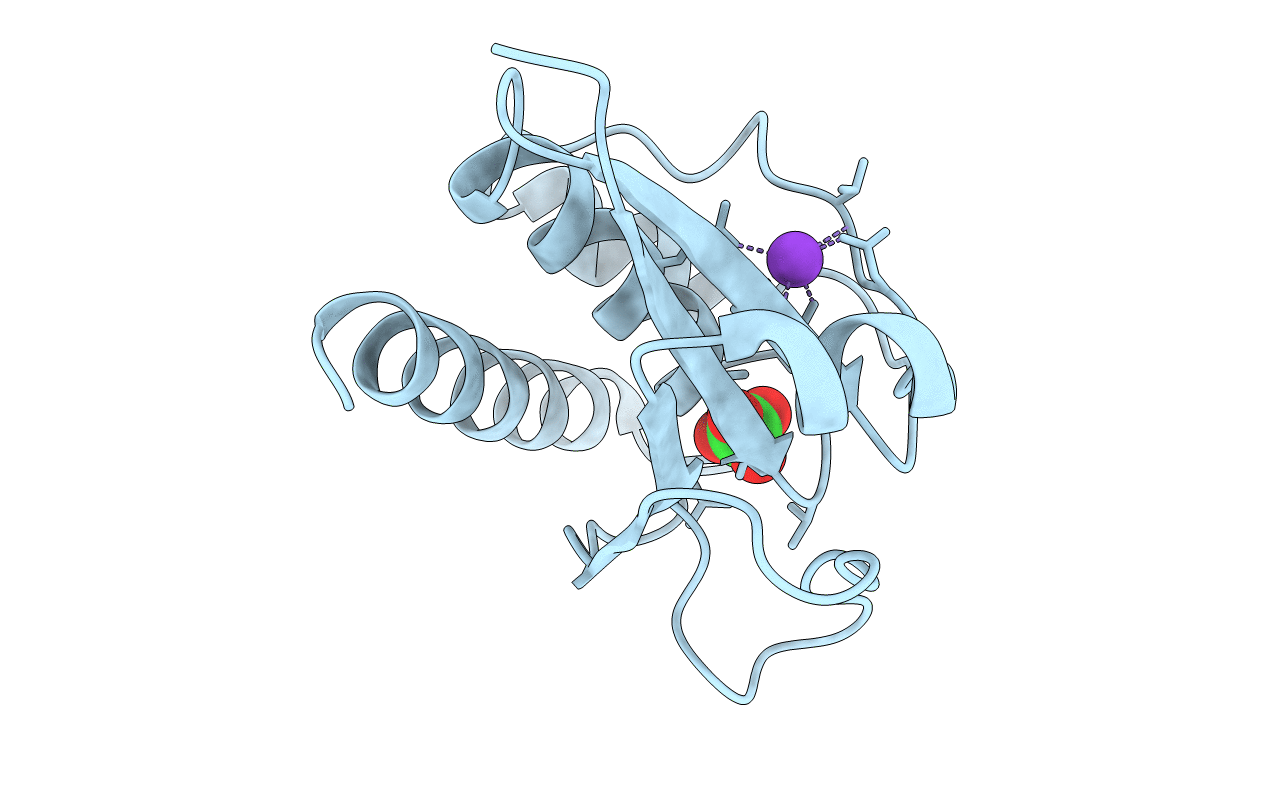
Deposition Date
2001-06-22
Release Date
2001-10-03
Last Version Date
2024-10-30
Entry Detail
PDB ID:
1JFV
Keywords:
Title:
X-Ray Structure of oxidised C10S, C15A arsenate reductase from pI258
Biological Source:
Source Organism:
Staphylococcus aureus (Taxon ID: 1280)
Host Organism:
Method Details:
Experimental Method:
Resolution:
2.00 Å
R-Value Free:
0.28
R-Value Work:
0.23
Space Group:
P 21 21 21


